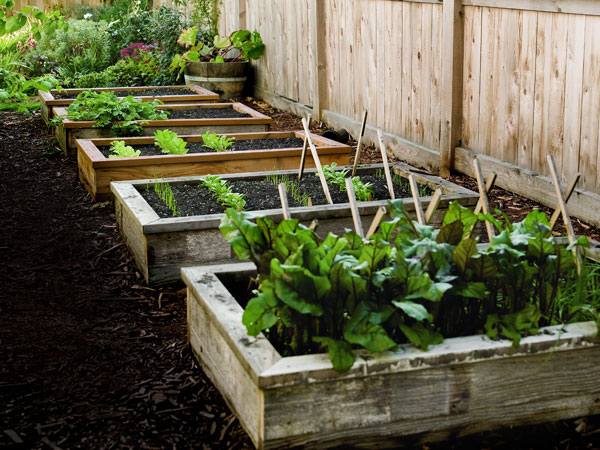
4 Indoor Plants Anyone Can Grow
 Indoor plants are making a comeback both for their health and interior design aesthetics. Indoor plants are easy to grow, maintain, and provide several benefits beyond simply being attractive. From managing allergies and dust to reducing pollutants and improving sleep, finding the perfect plants to improve your home isn’t hard, and we’ll give you a few ideas to choose from.
Indoor plants are making a comeback both for their health and interior design aesthetics. Indoor plants are easy to grow, maintain, and provide several benefits beyond simply being attractive. From managing allergies and dust to reducing pollutants and improving sleep, finding the perfect plants to improve your home isn’t hard, and we’ll give you a few ideas to choose from.
Four indoor plants to grow in your home
Indoor plants are a great way to improve your home’s aesthetic quality as well as provide physical and mental health benefits, such as improved sleep and indoor air quality. Here are four plants that you don’t even need a green thumb to keep you and the plant alive and healthy.
- English Ivy: English Ivy compliments several interior styles from shabby chic to farmhouse and even contemporary. But, when it comes to your health, a great benefit is that English Ivy aids in absorbing mould in the air just like a dehumidifier would. Considering that homes often have higher mould-concentrations than the outdoors this can be a huge benefit. English Ivy loves to grow in bright light and moderately dry soil, so keeping your plant near the window or in a sunroom is ideal.
- Boston Ferns: Boston Ferns have been a popular indoor plant for decades. Considering that NASA ranks the plant among the best air-purifying plants for its ability to remove dangerous compounds such as cigarette smoke, airborne plastics, and formaldehyde it would be a great option to add to your home. Ferns are considered one of the easiest indoor plants to care for though they prefer humid conditions as opposed to dry. So, if growing indoors they do well in an enclosed sunroom or room with good light and a humidifier.
- Aloe Vera: Aloe Vera has benefits beyond just their ability to absorb airborne compounds and additional air-purifying abilities. Aloe Vera is known to improve skin and wrinkles, treat canker sores, accelerate burn-healing, among several other medicinal benefits. Aloe Vera can grow well anywhere in your home; however, it is important that you pot your plant in a container with drainage holes as Aloe Vera doesn’t do well in standing water. It is also helpful to plant in cactus potting soil, although they will also do well in regular potting soil.
- Gerbera Daisies: Gerbera Daisies provide both an attractive and health-beneficial plant to grow in your home. NASA’s research on plants that are easy to grow in and improve small places is known for its high level of valued research when it comes to creating a healthy indoor environment. Gerbera was found to be incredibly effective at removing benzene from the air, absorb other airborne compounds, and produce significant amounts of oxygen at night.
- Gerbera Daisies: It requires a good amount of water and should be planted near east-facing windows where it can collect morning sun.
Benefits of Indoor Plants
Indoor plants may only appear to be an aesthetic addition to your home, but much of the interior design trend that includes plants is due to a better understanding of how certain plants can improve your health by creating oxygen, removing airborne compounds, and helping people get a better night’s rest. In fact, plants such as Gerbera Daisies have been studied for their ability to reduce the effects of sleep apnea.
Additionally, mental health improving plants such as lavender, jasmine, and rosemary are known to reduce stress, improve mood, and assist in relieving anxiety which are all causes and symptoms of insomnia and sleep disruption.
So, for improved mental health, and an oxygen-rich home to sleep you can’t go wrong with adding a pop of colour and a lot of fresh air by adding plants to your home.
- Five Changes to Apply to Your House Before Selling It - June 28, 2022
- How to clean and organise your summer house - January 27, 2022
- How Often Should Pest Control Visit Your Home? - January 13, 2022